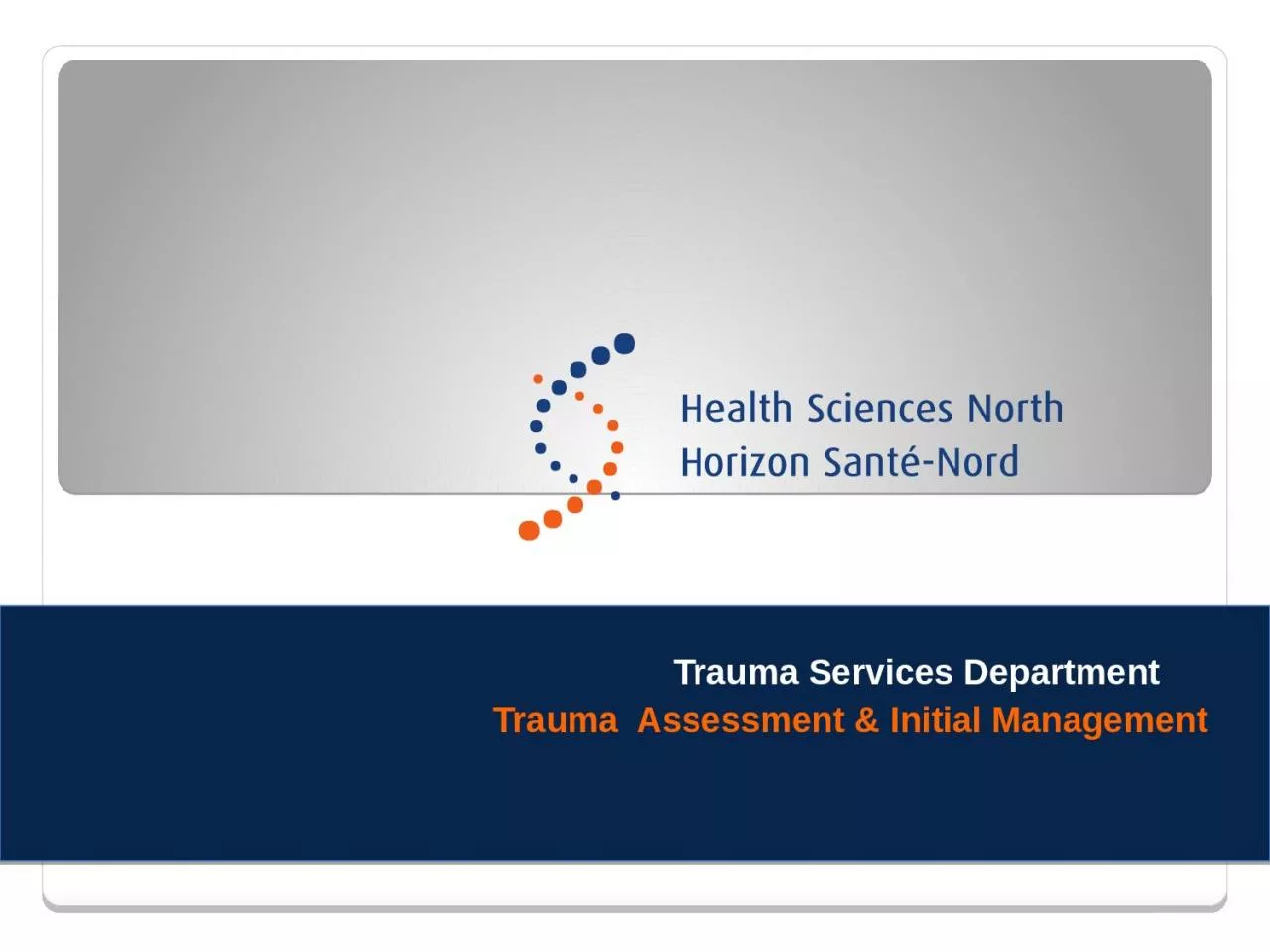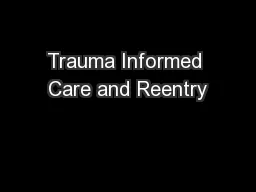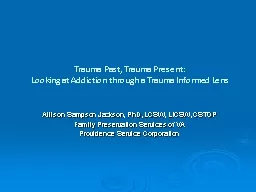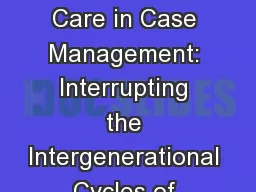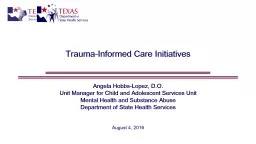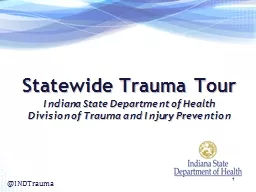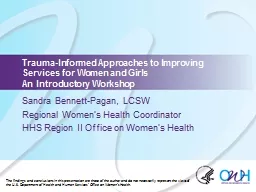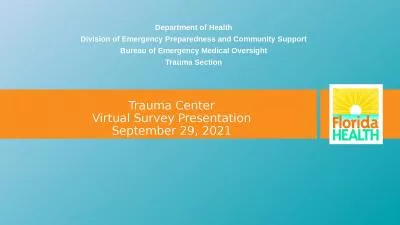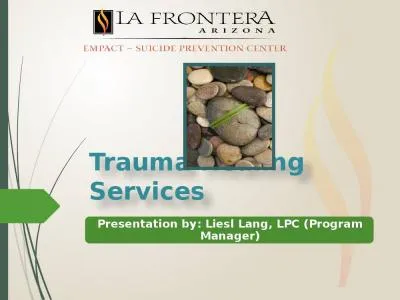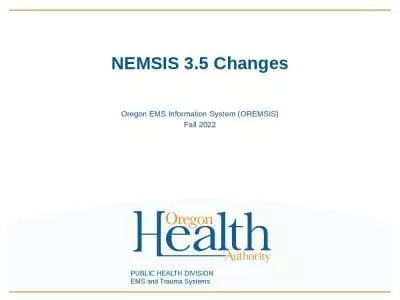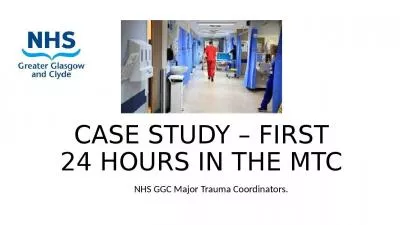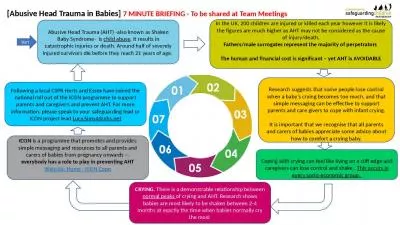PPT-Trauma Services Department
Author : ethlyn | Published Date : 2024-03-13
Trauma Assessment amp Initial Management TRAUMA TIME OUT Patient safety and the seamless transition of patient information has become a national concern Prehospital
Presentation Embed Code
Download Presentation
Download Presentation The PPT/PDF document "Trauma Services Department" is the property of its rightful owner. Permission is granted to download and print the materials on this website for personal, non-commercial use only, and to display it on your personal computer provided you do not modify the materials and that you retain all copyright notices contained in the materials. By downloading content from our website, you accept the terms of this agreement.
Trauma Services Department: Transcript
Download Rules Of Document
"Trauma Services Department"The content belongs to its owner. You may download and print it for personal use, without modification, and keep all copyright notices. By downloading, you agree to these terms.
Related Documents

